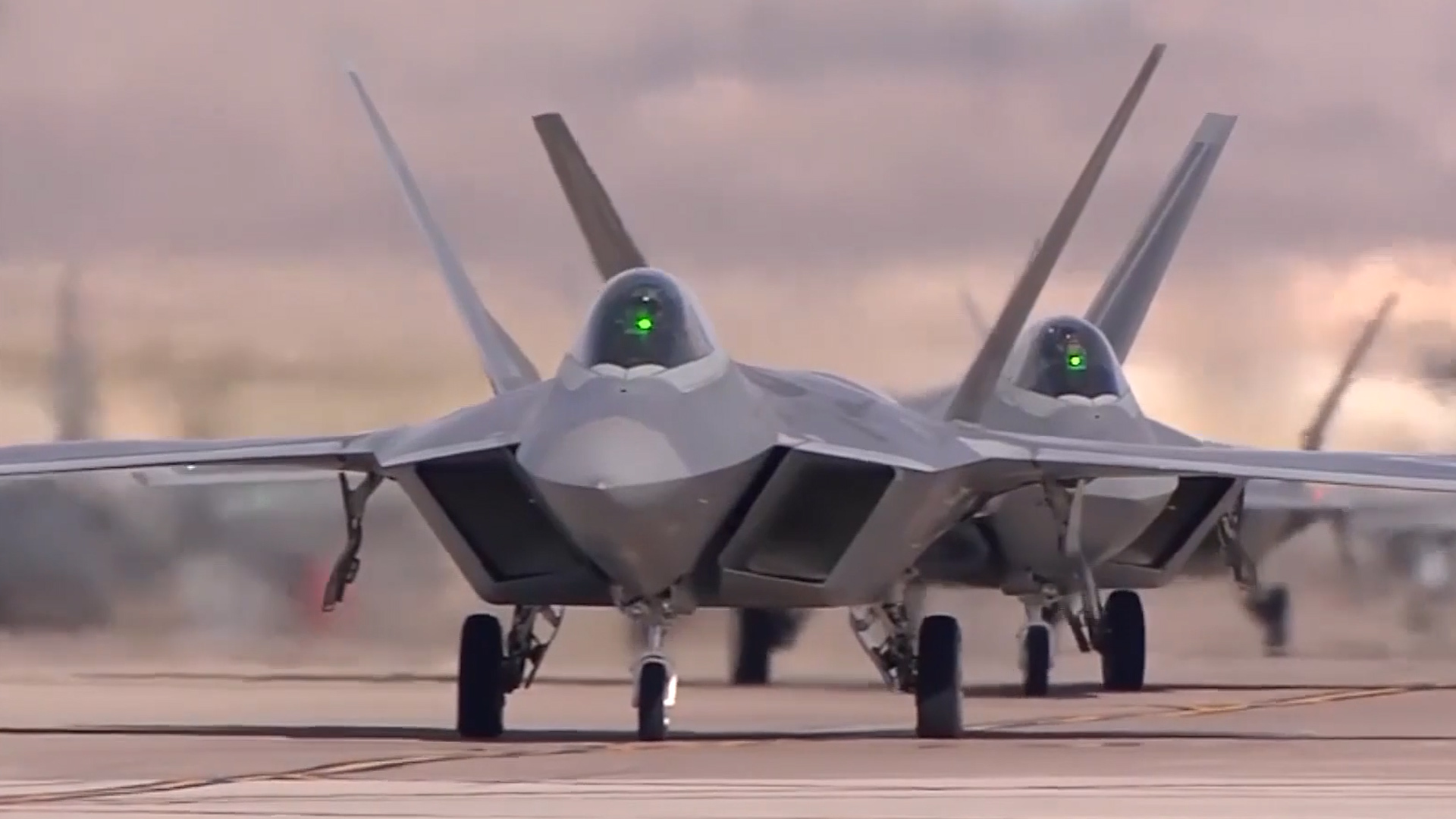
[RYAN ROBERTSON]
WHEN YOU THINK OF THE WORD LABORATORY WHAT COMES TO MIND? CERTAINLY HOLLYWOOD HAS PROVIDED SOME INSPIRATION OVER THE YEARS.
ENTERTAINING NO DOUBT, BUT FAR FROM THE SILVER SCREEN, THE MEN AND WOMEN WHO MAKE UP THE AIR FORCE RESEARCH LABORATORY ARE WORKING ACROSS THE U-S, FROM NEW YORK TO MAUI ON VERY REAL SOLUTIONS, TO VERY REAL PROBLEMS.
SINCE 1997 THE AFRL’S MISSION HAS BEEN TO DISCOVER, DEVELOP AND BRING NEW TECHNOLOGIES TO THE FIGHT FOR THE AIR FORCE, AND STARTING IN LATE 2019, THE SPACE FORCE.
[James Bieryla, Director, AFRL Strategic Partnering]
“We do that on purpose, right? Because we want to, we want to make sure that we’re out there, both close to the warfighter, but also close to the different organizations that might have technology that that we’re interested in.”
[RYAN ROBERTSON]
IF YOU WANT EASY EXAMPLES OF WHERE YOU CAN FIND THE AFRL’S WORK BIERYLA SAYS LOOK NO FURTHER THAN THE F-35 OR THE B-21 THAT’S CURRENTLY TESTING AT EDWARDS AIR FORCE BASE. THEY’RE ALSO WORKING ON MANY OTHER PROJECTS THAT MAY NEVER BECOME HOUSEHOLD NAMES, BUT WILL STILL PLAY A BIG PART IN HELPING THE US STAY IN FRONT OF NEAR-PEER ADVERSARIES LIKE RUSSIA AND CHINA. PROJECTS LIKE THE MUTANT MISSILE THAT WE FEATURED IN FEBRUARY.
[Dr. Ben Dickinson, Weapons Dynamics & Controls Sciences Branch]
“We have a great team leads, we got great engineers, we have a vast pool of people, cross director today FRL and cross service that are all making significant contributions to this, this, this system would not be where it is today, if we did not have the partnerships that we’ve created, and that has been crucial to our success”
[RYAN ROBERTSON]
THERE ARE 12 DIRECTORATES THAT FALL UNDER THE UMBRELLA OF AFRL. EVERYTHING FROM HUMAN PERFORMANCE TO SPACE VEHICLES. ALL OF WHICH HAVE THE SAME END GOAL. HELPING THE WARFIGHTER, WHEREVER THAT FIGHT MAY BE.
[Dr. Brian Beal, Principal Aerospace Engineer]
“I know. It’s a great source of pride for the lab and for myself, to be able to support both the Air Force and the Space Force. But I’ll say from my perspective, there were really no seams between the two. I don’t, I don’t worry from day to day of the people. I’m working with our Air Force or Space Force. It’s all part of one big team and that’s been great.”
[RYAN ROBERTSON]
NOT UNNOTICED BY THOSE DOING THE WORK AT THE AFRL, ARE THE WINDS OF CHANGE SWIRLING AROUND THE AIR AND SPACE FORCES, BUDGETING CONCERNS FROM WASHINGTON D-C., AND EVOLVING THREATS FROM AMERICA’S ADVERSARIES IN BEIJING AND MOSCOW. DESPITE ALL OF THAT, BIERYLA SAYS THE CORE OF THEIR MISSION REMAINS UNCHANGED.
[James Bieryla, Director, AFRL Strategic Partnering]
“Everything we do has a fierce focus on making sure that ultimately, our airmen or guardians, our warfighters, get that technology and get it into their hands and get it into their hands quickly. And as affordably as possible.”
[RYAN ROBERTSON]
WHILE THE AFRL’S EFFORTS ARE FOCUSED ON MILITARY APPLICATIONS, THERE ARE ALSO CIVILIAN BENEFITS, LIKE THE GLOBAL POSITIONING SYSTEM, OR G-P-S, WHICH STARTED OUT AS PROPRIETARY TECHNOLOGY THAT EVENTUALLY MADE ITS WAY INTO YOUR SMARTPHONE.











